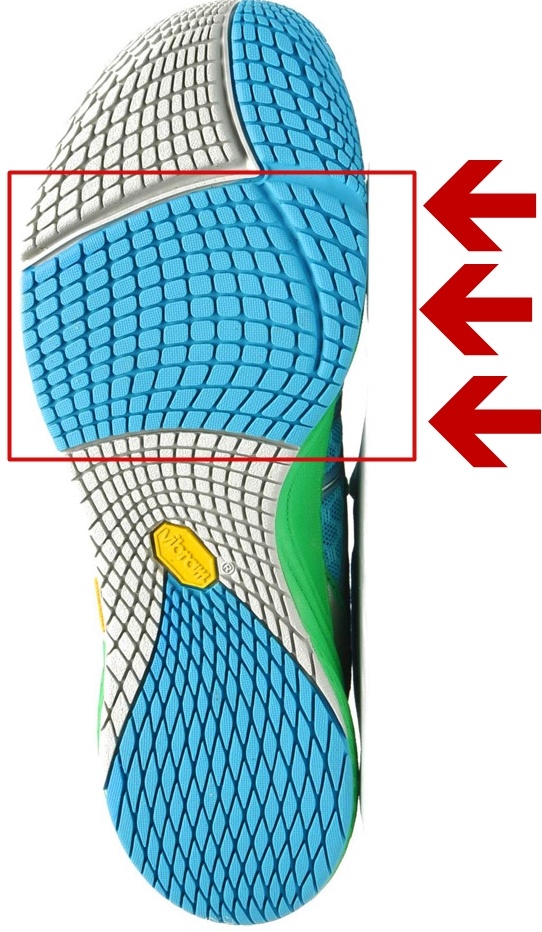If you land on the balls of your foot (which is your forefoot), and not high up on your toes, then you are a forefoot striker. Forefoot running often gets misconceived as toe striking, but these two landing patterns are radically different as toe striking involves landing high up on the toes without letting the heel drop down whereas forefoot striking is a much flatter foot placement at initial contact, followed by the heel dropping down to the ground. In this way, forefoot striking is not only safer than toe running, it’s also safer and more economical than heel strike running because for one, its a flatter foot position at touchdown which allows for a shorter Achilles tendon moment arm. This was found to make the tendon better at storing and releasing energy-saving elastic power. For another, forefoot striking has the well-known effect of reducing net impacts in ways that sustained better than heel strike running. In fact, here are over 20+ evidence-backed reasons forefoot running is safer and faster than heel strike running. Read more here!
Bretta Riches
BSc Neurobiology; MSc Biomechanics candidate, ultra minimalist runner & founder of RunForefoot. I was a heel striker, always injured. I was inspired by the great Tirunesh Dibaba to try forefoot running. Now, I'm injury free. This is why I launched Run Forefoot, to advocate the health & performance benefits of forefoot running and to raise awareness on the dangers of heel striking, because the world needs to know.
Latest posts by Bretta Riches (see all)
- Heel Strike Running Causes Bone Pain - 29/04/2024
- Heel Strike Running Causes Slipped Discs - 25/04/2024
- How to Train Yourself to Not Heel Strike When Running - 24/04/2024


Leave a Reply